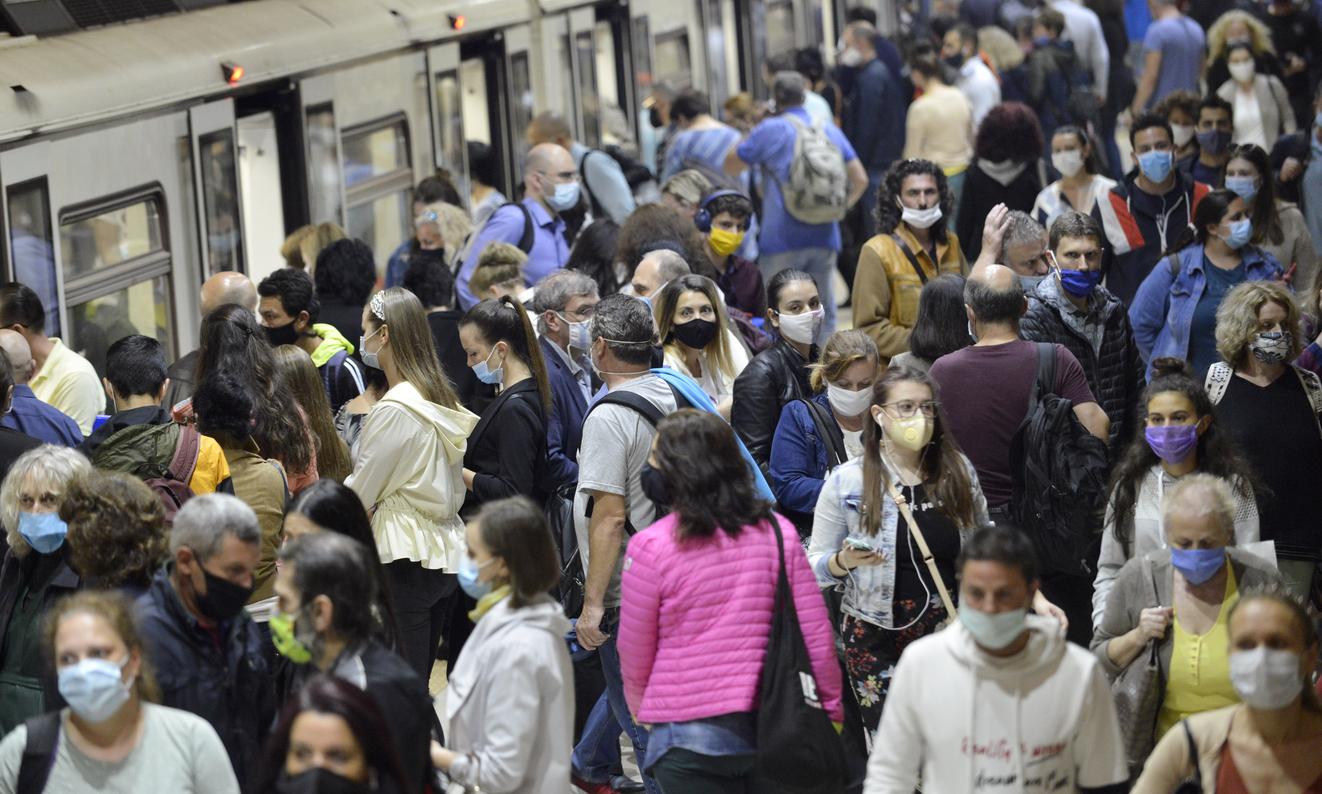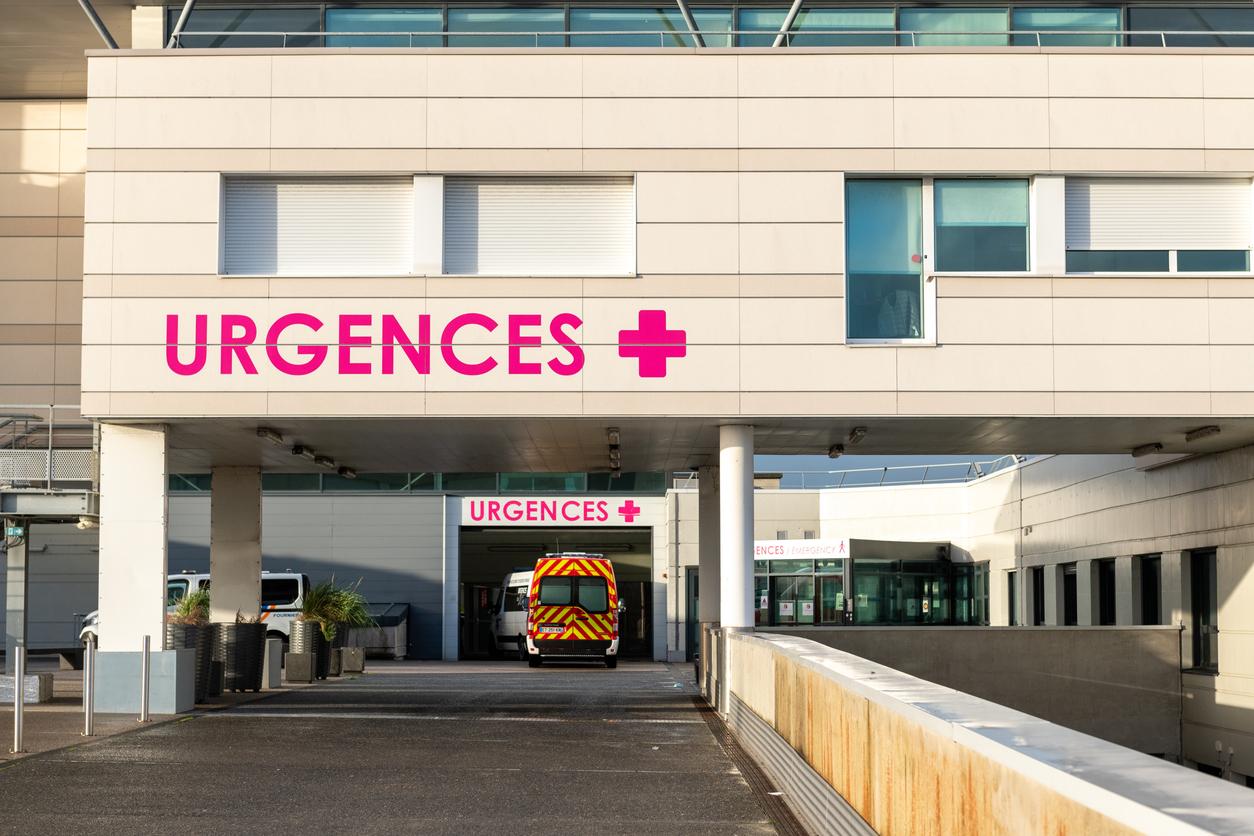In the Democratic Republic of Congo (DRC), the Ebola virus is not weakening. On the occasion of a press conference held on Wednesday, October 17, 2018, the World Health Organization (WHO) took stock of the progression of the epidemic, which has just experienced a tenth outbreak.
Deemed “very worrying” by WHO specialists, the Ebola epidemic is not, however, for the moment, “an emergency of international concern”. Since August 2018, the virus has caused 139 deaths, particularly in the east of the country; 18,000 people (including 4,000 children) have already benefited from the vaccine. WHO has deployed 250 officers to the scene.
In addition, 9 countries bordering the DRC “were informed that they were exposed to a high risk of propagation and received assistance in material and personnel”: this concerns in particular Burundi, Uganda, Rwanda and South Sudan.
Already 9 Ebola epidemics in the DRC since 1976
Problem: the political and military situation in the DRC complicates the management of the epidemic. Thus, according to the WHO, “the outbreak is taking place in an area of active conflict, in the context of protracted humanitarian crises. Around 8 major security incidents have occurred in the Beni area over the past 8 weeks. These factors made it difficult to find contacts and other aspects of the response ”.
Since the discovery in 1976 of the Ebola virus, the Democratic Republic of Congo has already suffered 9 epidemics. Responsible for high fevers (above 38 ° C), headaches, muscle pain, internal and / or external bleeding and other flu-like symptoms, the Ebola virus is easily transmitted between humans through contact with contaminated blood or body fluids (saliva, etc.). The case fatality rate varies between 30% and 90%.
To read :
Ebola virus is believed to be able to survive for 2 years in human sperm
Ebola: thousands of vaccines sent to the DRC
Ebola: 78% of survivors suffer from sequelae
















